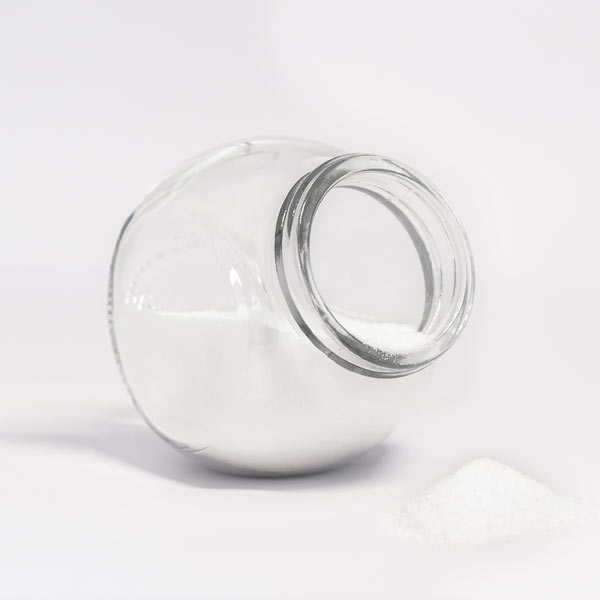High-salt wastewater refers to wastewater containing organic matter and at least 3.5% (mass concentration) total dissolved solids (TDS). This kind of wastewater comes from a wide range of sources. First, in the chemical, pharmaceutical, petroleum, papermaking, dairy product processing, food canning and other industrial production processes, a large amount of wastewater will be discharged. The water not only contains many high concentrations of organic pollutants, but also Accompanied by a large amount of calcium, sodium, chlorine, sulfate and other ions; second, in order to make full use of water resources, many coastal cities directly use seawater as industrial production water or cooling water, and some places use seawater for fire fighting, flushing toilets and roads, Although this part of the sewage does not contain a large amount of toxic substances, it is difficult to treat due to its large water volume and high salt content. The organic matter of high-salt organic wastewater varies greatly in the type and chemical properties of the organic matter according to the production process, but the salts contained are mostly Cl-, SO42-, Na+, Ca2+ and other salts. Although these ions are essential nutrients for the growth of microorganisms, they play an important role in promoting enzyme reactions, maintaining membrane balance and regulating osmotic pressure during the growth of microorganisms, but if the concentration of these ions is too high, it will inhibit and inhibit microorganisms. Toxic effect. High salt concentration, high osmotic pressure, and dehydration of microbial cells in high-salt wastewater cause cell protoplasm separation; salt precipitation reduces dehydrogenase activity; high chloride ion is toxic to bacteria; Mud is easy to float up and run off, thus seriously affecting the purification effect of the biological treatment system.
High-salt wastewater has high electrical conductivity, so it can generate a strong current between the yin and yang levels by electrolysis to cause redox reactions of toxic and harmful substances to remove pollutants in water. Electrolysis can effectively reduce COD in wastewater. , It has strong adaptability to sewage and good removal effect, but the disadvantage is that the operating cost is high. The electrolytic flocculation method is used to treat the high salinity organic wastewater discharged from the shellac synthetic resin production process, which can not only effectively reduce the COD in the wastewater, increase the transparency, but also have a high removal rate for BOD, TP and TN.
The key to the cationic polyacrylamide exchange method lies in the ion exchange resin, which is a high-molecular polymer with functional groups, network structure and insolubility. The metal ions in it are chelated and replaced. The ion exchange method can be used as a pretreatment process to remove various metal ions and achieve the purpose of effective desalination. Its disadvantage is that the solid suspended matter in the wastewater will block the resin and make the cationic polyacrylamide exchange resin ineffective. Tang Shuhe et al. used ion exchange resin to treat Cr-containing wastewater, and the concentration of Cr in the wastewater decreased from 1540 mg/L initially to 0.5 mg/L after treatment, meeting the national discharge standard.

Post time: Mar-08-2022







